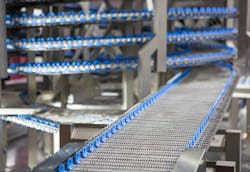Key Highlights
- For large systems like long conveyors, locating variable-frequency drives (VFDs) in the field reduces the amount of power and control wiring required by replacing many long runs back to the main cabinet with a single branch circuit.
- Field-mounted devices can provide localized, self-contained control functions, such as accumulation zoning logic, without requiring continuous interaction or commands from the central programmable logic controller (PLC).
- While traditional central panel mounting is viable for compact machines, large material-handling systems necessitate a shift to distributed, field-mounted architecture to manage scale, complexity and wiring costs efficiently.
It’s good, sometimes, to look at life from a different perspective. We can get locked into our usual point of view, and that can lead to complacency and limit creativity.
Such was a recent experience when going through an orientation exercise for a change in careers. While still in the field of controls, my new job is focused on the material-handling sector with order fulfillment being a huge part of landscape.
One might compare the change to going from gardening to planting fields of wheat, corn and soybeans. The basic concepts might be the same, but the scope is significantly different.
For a packaging machine, the distance between the main control panel and the field devices might be 20 ft or so. The usual approach might be to locate all of the drives and servos in the main cabinet with the programmable controller. Depending on choice, the I/O devices—proximity and photosensors, solenoid valves—might be controlled out of the main cabinet, or they might be wired to field distribution blocks mounted directly to the machine frame at strategic locations to reduce the length of the M12 cords, usually, from device to connection block.
With distances under 25 ft, the decision whether to field-mount or not is up to the designer and, perhaps, the people who decide on the aesthetic look of the machine.
Once we start to look at systems that are beyond the machine footprint mentioned, other considerations come to light. For instance, a conveying system might have up to 40, 50 or more motors involved. At this stage, it is likely to make more sense to start looking at field-mounted devices.
A single strand of conveyors might span 300 ft. Let’s say, for the sake of argument, that the loading on that conveyor requires a variable-frequency drive (VFD) every 50 ft. We need to run three-phase conductors out to each of those six drives.
If all those drives reside in the main control cabinet, we would need to run 50+100+150+200+250+300=1,050 ft of three-power conductors, plus grounds along those 300 ft of conveyor.
Get your subscription to Control Design’s daily newsletter.
If we were to change that plan and locate the VFDs right beside the motor in the field, we could run a single group of three-power and one ground conductor in a branch circuit down the length of that same conveyor. Even with the short run from each VFD to the associated motor taken into consideration, we significantly reduce the number of conductors being run through conduit.
A network cable would also need to be installed to pick up those six VFDs, but that same cable could also be dropped to field distribution blocks along that conveyor to add photo-eyes and proximity switches to pick up inputs and outputs along the way.
These two examples show that there is benefit in deploying field-mounted devices in a control solution. Field devices can be single entities or can be grouped together by type—input or output—or can be a combination of both. They can be digital or analog in nature or, again, a combination of both. Field devices can be more complex, like a variable-frequency or servo drive. Those devices can even have inputs and outputs associated with them.
In the world of conveying, field-mounted devices can be self-contained, in that they don’t need to interact with the main controller at all for primary functions. Dual in-line package (DIP) switches on each module can determine functions and can be changed on the fly to suit the requirements of operation.
For example, an accumulation conveyor will stop packages on zones—dedicated segments of pre-determined length. When the downstream equipment is ready to receive product, the linked zones of accumulation can release packages in singulation or in slug mode, where all packages are released at once. Each zone waits for the one immediate downstream to clear before allowing the upstream zone to release. This functionality is controlled right at the field device without the need for a command from a central processor.
About the Author
Rick Rice
Contributing Editor
Rick Rice is a controls engineer at Trew Automation, a material handling manufacturer based in West Chester, Ohio. With over 38 years’ experience in the field of automation, Rice has designed and programmed everything from automotive assembly, robots, palletizing and depalletizing equipment, conveyors and forming machines for the plastics industry but most of his career has focused on OEM in the packaging machinery industry with a focus on R&D for custom applications.


